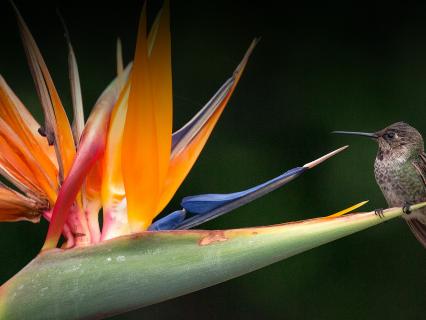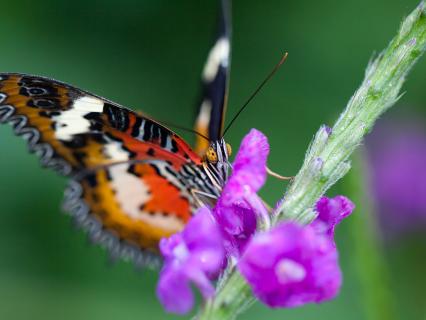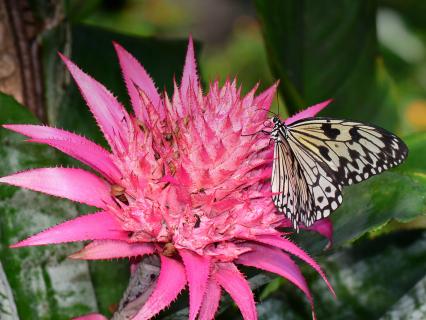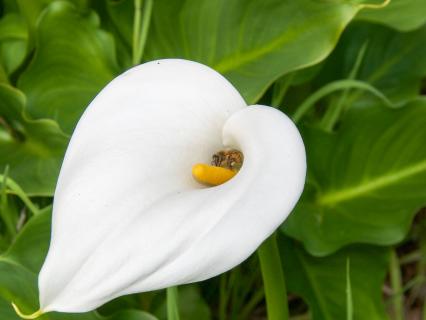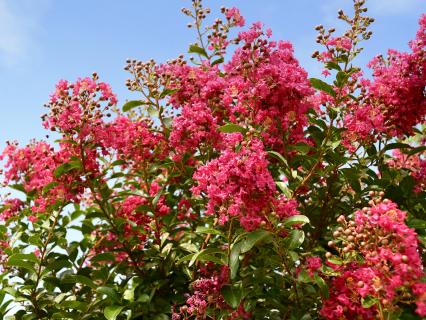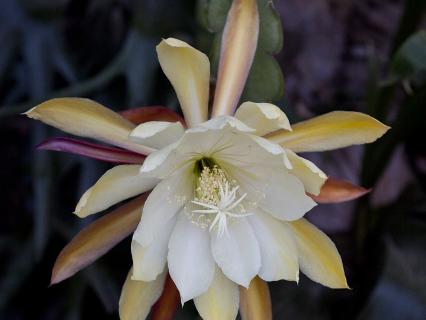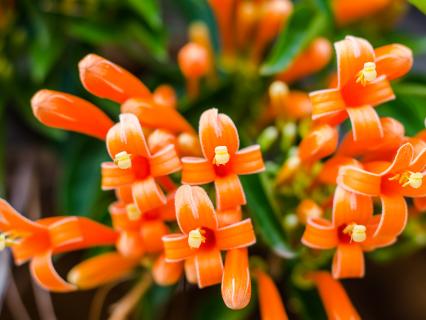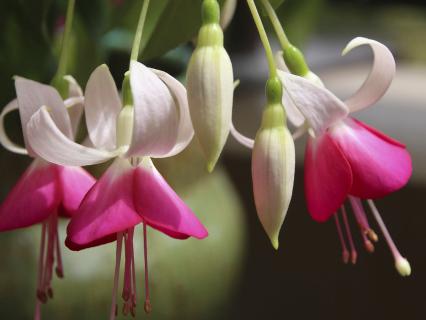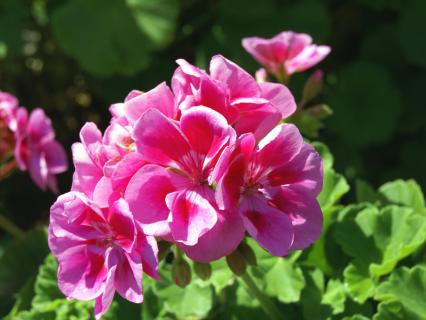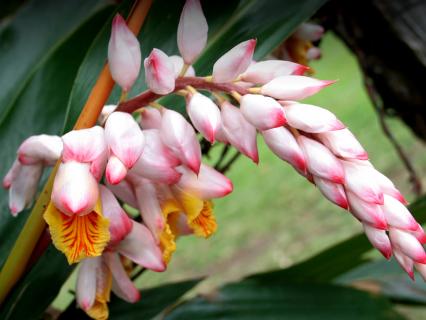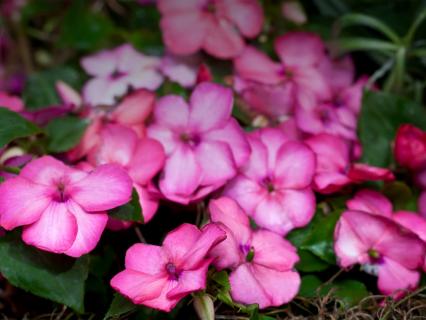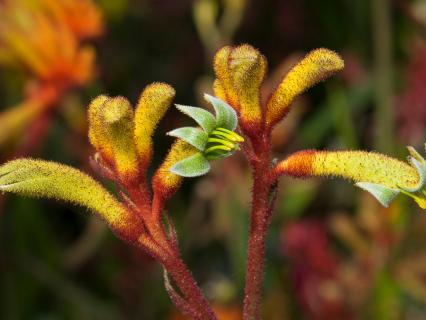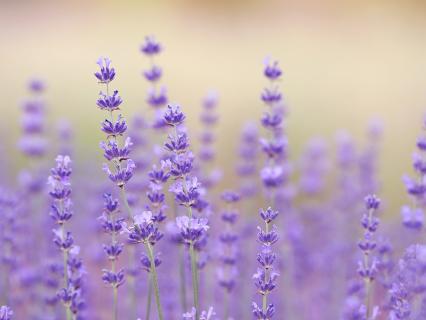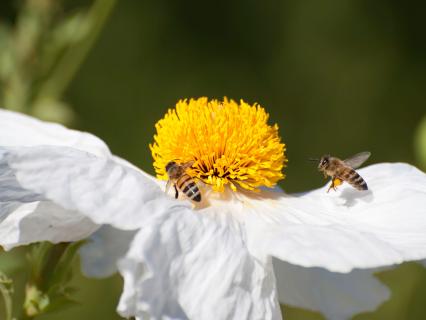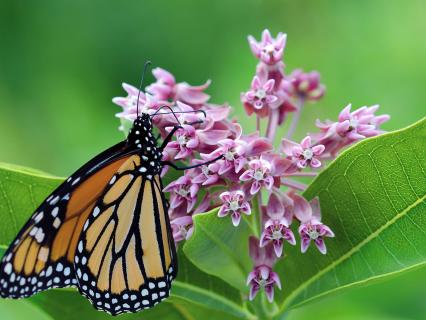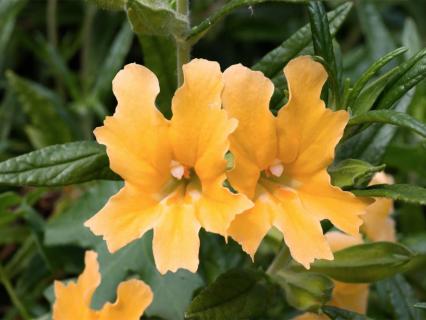
Flowers
DEFINING CHARACTERISTICS:
The reproductive structures of angiosperms (plants that bear seeds in ovules)
Plant structures that include sepals and petals surrounding male and/or female reproductive organs
Also, a term used to describe plants that are known or cultivated for their showy blossoms
Certain plants are known for their eye-catching blooms. Think of roses, orchids, carnations, and tulips. We often refer to these plants as "flowers." A flower, though, is just one part—and quite an important part—of a plant. Not all plants have flowers, but most (about 80 percent) do, including shrubs, grasses, herbs, and most trees. These plants are called angiosperms, or flowering plants.
REPRODUCTION
Flowers bloom for just one reason—so that the plant can reproduce. Some flowers bear male and female reproductive organs. The male parts, called stamens, are long filaments; each holds a pollen sac at its tip. The female part, called the pistil, is in the very center of a flower. An ovary at the base of the pistil holds one or more ovules, and the tip of the pistil is specialized to receive pollen. If pollinated, an ovule—protected inside its ovary—grows into a seed.
ALONE OR TOGETHER
Some flowers, such as roses and tulips, are solitary—a single flower grows on a stem. Others, such as wooly blue curls, grow in a cluster called an inflorescence. The individual flowers of an inflorescence are sometimes called florets. You might think a calla lily or a daisy blossom is a single flower, but these are actually inflorescences with many tiny florets.
NOTICE ME!
A flower is generally the showiest, most fragrant part of a plant. That's because while some flowering plants are wind-pollinated, most rely on pollinators to carry pollen from a stamen to a pistil. Pollinators can be birds, bees, butterflies, bats, beetles, or other animals. A flower may attract pollinators with scent or color. Petals, which surround the reproductive organs, are often brightly colored, and they may have nectar glands that make the flower smell good. At the base of the petals, small green leaf-like structures called sepals protect a flower bud as it develops.
MALE OR FEMALE
In some species, flowers are either male or female, but in others, flowers bear both male (stamens) and female (pistil) organs. If a flower has stamens, a pistil, petals, and sepals, we describe it as a "complete" flower. If any of these parts are missing, we describe the flower as "incomplete."




